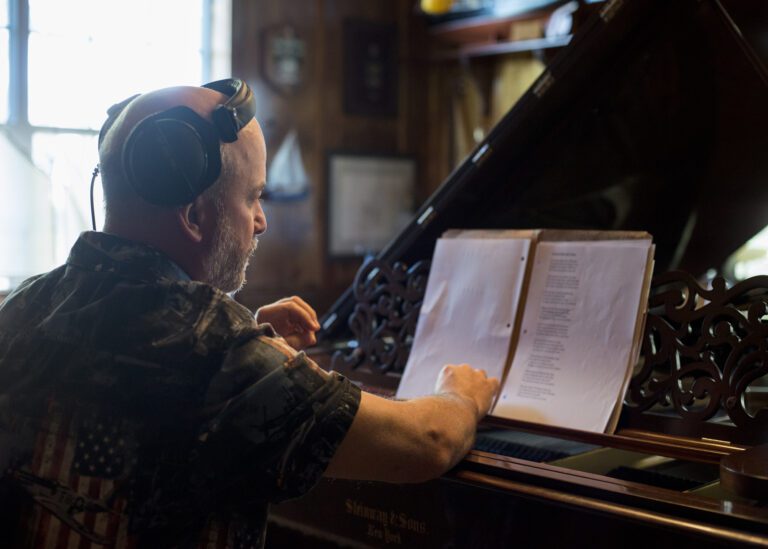
Article from guest writer, Ed Verner.
There are those who say that Classical Music is like oceanfront property, “They just aren’t making any more of it.” Some say there are no more composers like those classical romantics with the emotion of opera, or the symphonic beauty of Brahms, or the childish wonder and purity of Mozart. However, there is a whole segment of music art and its composers often denied proper respect, namely the music of cinema.
There are times when entire soundtracks of great films are a seamless orchestral composition of exquisite beauty and complexity. And, like their ancestors who created music to accompany action in opera or Ballet, these artist composers sometimes transform a well-made visual scene to the level of the sublime with their music. But unlike their forefathers of the bygone days of royal cinema who were heralded in the trailers and boldly cherished in the opening credits of a film, they are sadly now often noted only in tiny letters and behind the film production crew caterers. Try to imagine movies like “Braveheart,” or “The English Patient,” or “Dances With Wolves” without the sound of their music.
Original music in movies can be powerful and rich with emotion, but you may have to cherry-pick. Some movies make artful use of pop songs to create suspense, laughs, or to enhance the story line, and so a modern composer may wind up connecting the dots of music between pop songs. This bridging of gaps between musical styles across generations, race, and culture sometimes produces a classical gem. However, the infusion of pop songs makes many movie soundtracks or playlists unsuitable to satisfy the frustrated romantic classical music fan, unless they are willing to cull through the pile of rotten oysters in search of the pearl. Many movie CDs (yes, I’m that old) can be taxing on the ear as they jump from the rock and roll of The Goo Goo Dolls to a symphonic choral of angelic voices. It can be hard to think of some original orchestral compositions from cinema as classical when they are nestled amongst such company.
Another pitfall with some motion picture soundtracks is the tendency to give but a scant fraction of a 70-minute audio soundtrack to the composers who made hours of symphonic beauty for most of the screen time. Too often these movie “soundtracks” shamelessly push pop record sales, and sadly some soundtracks leave out entirely an orchestral section of music that played an essential role in a film to make room instead for one more pop track that only plays for 10 seconds during the last three lines of end credits. It is even more of a travesty when one realizes how pop songs have so many avenues to gain exposure both in mind-numbing repetition on radio, but also through all manner of marketing and media in our culture where symphonic work is mainly absent.
Even with the pitfalls of the genre, and the hit or miss risks one takes when cruising through movie soundtracks, the search can generate great rewards for those who lament how Brahms just isn’t making any new music these days. In the original compositions for films there are creations of orchestral music that are every bit as breathtaking and complex in their simple beauty as anything written.
If you are a Romantic Era classical music fan, you should try selected tracks from “Children of a Lessor God” or “City of Angels,” “Message In A Bottle,” “Somewhere in Time,” or “Gladiator.” Or you may find my Spotify playlist entitled “Film Score Greats – IMHO” to sample a few of my favorites. Take heart in knowing there are hundreds of others left to discover.
